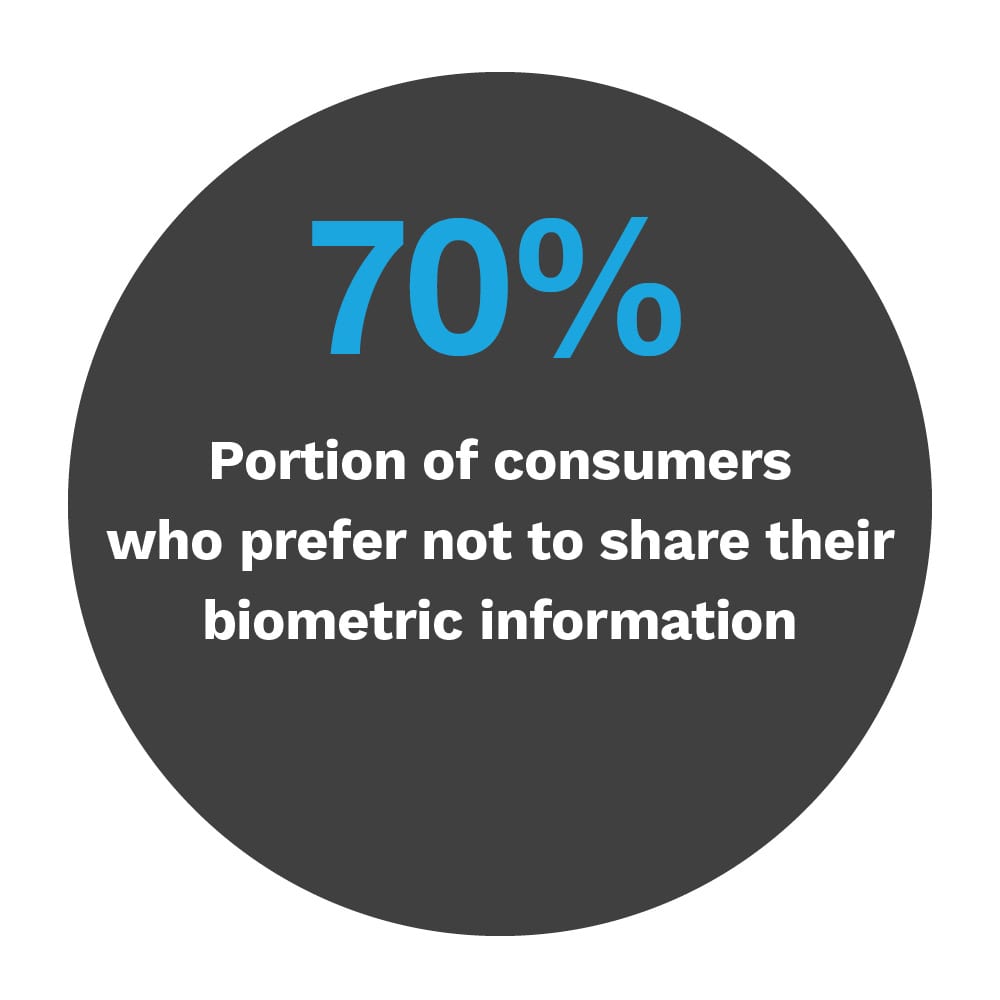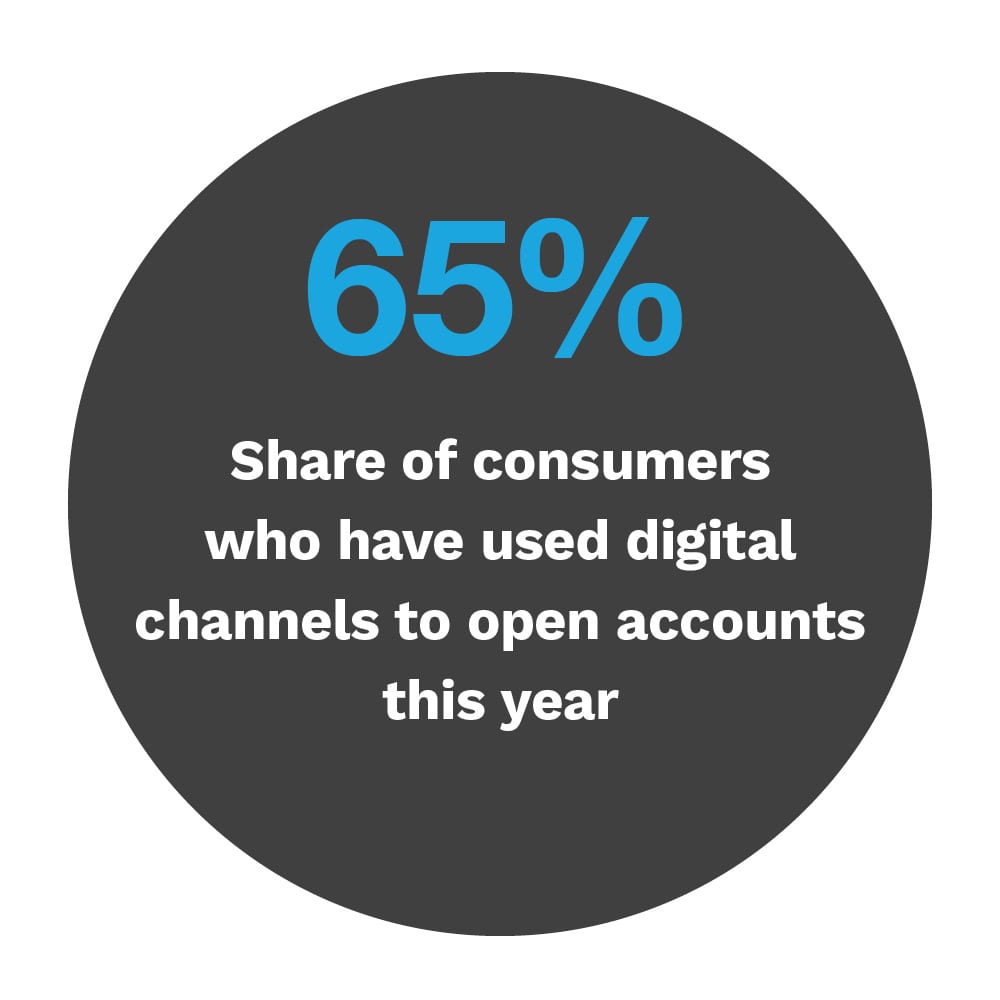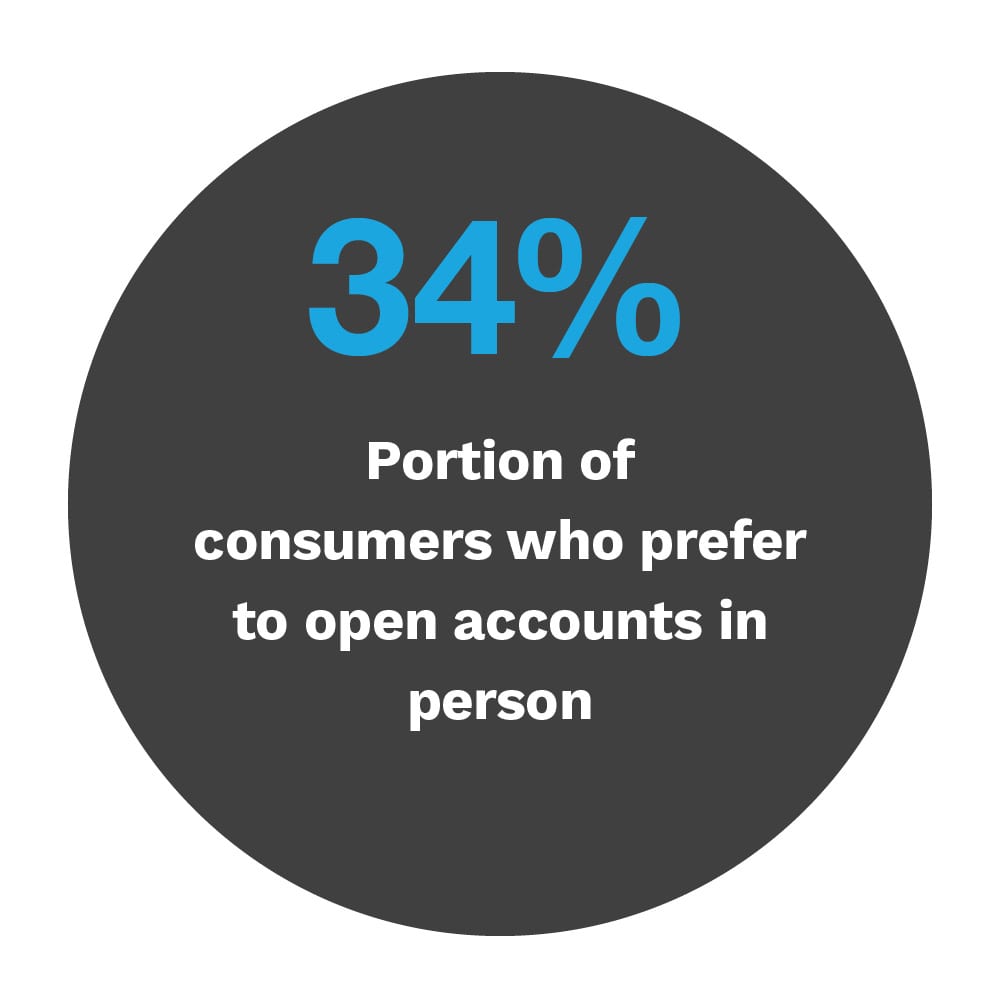Onboarding customers and easing checkout processes are key issues for eCommerce companies.
Not getting this right can cost online merchants as much as $4 trillion due to cart abandonment. Requiring too much information at checkout is one of the biggest reasons why consumers lose interest in onboarding and checkout processes, in fact. Mobile shoppers in particular have an average cart abandonment rate of nearly 81%.
Address verification and validation technologies have emerged to help co mpanies ease these issues. These tools help fix incorrect addresses and autofill data to save time, spare customers frustration and reduce the rate of cart abandonment, for example.
mpanies ease these issues. These tools help fix incorrect addresses and autofill data to save time, spare customers frustration and reduce the rate of cart abandonment, for example.
The December “Digital Customer Onboarding Tracker®” explores how the use of address verification tools can help improve onboarding and checkout experiences for customers, generating higher sales and fewer abandoned carts.
Developments From the Digital Consumer Onboarding Space
Germany’s Commission for the Protection of Minors in the Media (KJM), the supervisory authority for youth protection in media has approved Onfido’s selfie-based age verification solution. The London-based company said Onfido meets the criteria specified by the Interstate Treaty enacted to protect material harmful to minors and mandates that such content be available only to adults. KJM has ruled age verification can be performed remotely through biometrics, and the commission found that Onfido’s selfie-based identification system meets those requirements.
A new report has found that FinTechs are failing to onboard more than 25% of potential customers due to lengthy and inefficient sign-up processes. The survey revealed elaborate know your customer (KYC) procedures are responsible, with 50% of application drop-offs occurring because customers were asked to produce identity documentation. Researchers reported only 74% of FinTech customers are onboarded due to application abandonment during KYC processes, in fact.
 It’s not just inefficient to manually record paper-based customer documents, it’s also costly. A study found it costs financial institutions (FIs) $20 to file one document against each customer, $120 to track down a misplaced record and $220 to reproduce a lost one. Leveraging optical character recognition (OCR) is one alternative, which converts text from paper to digital and offers an effective way to create digital documents, retrieve records quickly and restore lost files from backup databases, the study said. Proponents say digitizing records not only eases the customer experience but lowers the cost of doing business.
It’s not just inefficient to manually record paper-based customer documents, it’s also costly. A study found it costs financial institutions (FIs) $20 to file one document against each customer, $120 to track down a misplaced record and $220 to reproduce a lost one. Leveraging optical character recognition (OCR) is one alternative, which converts text from paper to digital and offers an effective way to create digital documents, retrieve records quickly and restore lost files from backup databases, the study said. Proponents say digitizing records not only eases the customer experience but lowers the cost of doing business.
For more on these and other onboarding news items, download this month’s Tracker.
Slice Makes the Case for Address Verification
There’s widespread agreement that address verification plays a critical role in the online ordering experience. It can lead to a seamless checkout experience or a would-be customer exiting the website without making a purchase, especially for those who are forced to tap their details into information fields on their tiny smartphone screens.
In this month’s Feature Story, PYMNTS spoke with Preethy Vaidyanathan, chief product officer at New York-based tech platform Slice, which provides digital ordering-oriented technologies, marketing, data insights and shared services to more than 14,000 pizzerias nationwide. Vaidyanathan said the growing number of digitally-minded consumers demand ordering online without friction, and using application programming interfaces (APIs) for address detection and  autocomplete functions is a key component to ensuring accurate deliveries and satisfied customers.
autocomplete functions is a key component to ensuring accurate deliveries and satisfied customers.
Deep Dive: How Merchants Can Have Seamless Onboarding and Checkout With Address Verification
Glitches at checkout can lead to cart abandonment, impacting 75% of purchases globally and costing merchants as much as $4 trillion annually. While many consumers blame shipping charges added at checkout, a lack of preferred payment options and too many steps contribute to frustration and lost sales.
This month’s Deep Dive explores how merchants’ adoption of address verification and validation software helps address these issues.
About the Tracker
The PYMNTS “Digital Customer Onboarding Tracker®,” a partnership with Melissa, examines the latest KYC, digital onboarding and online verification news and trends. The Tracker also examines the role tools and technologies, such as advanced analytics, can play as onboarding needs grow more sophisticated.

